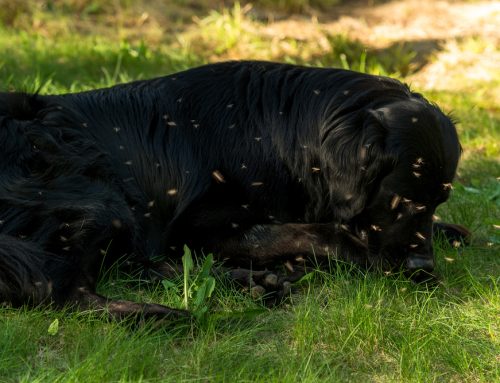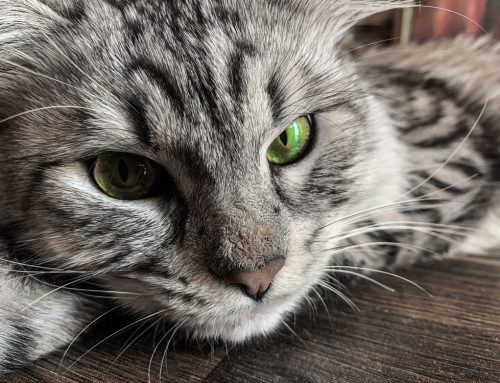 The last Friday in April is one that is important to our feline friends everywhere. It is National Hairball Awareness Day. This common kitty ailment is no light matter. Take the day to learn a few facts about hairballs in cats:
The last Friday in April is one that is important to our feline friends everywhere. It is National Hairball Awareness Day. This common kitty ailment is no light matter. Take the day to learn a few facts about hairballs in cats:
- The scientific name for a hairball is a trichobezoar.
- Most hairballs are not balls at all, but rather elongated cylinders that mimic the shape of the cat’s digestive tract.
- Hairballs result from hair swallowed during the grooming process. Most of the hair passes through the digestive system, but that which is left behind can form a hairball.
- Long-haired cats are most likely to develop hairballs.
- Hairballs are most frequent during the times of year when cats are likely to be shedding their coat.
- It can be “normal” for a cat to have a hairball every other week or so, but more frequent vomiting can be a sign of a more serious problem that should be checked out.
- Vomiting that is in conjunction with other symptoms (not eating, loss of weight, change in behavior) should also be investigated.
- Brushing your cat daily and/or having him or her professionally groomed periodically can help to prevent hairballs.
- Hairball remedies (mild, petroleum-based laxatives) can also be effective at minimizing hairball development.
- Certain commercial diets may also help to prevent hairball accumulation.
Do you feel like a hairball expert yet? By being more aware, you can celebrate National Hairball Awareness Day and help your cat avoid hairballs in the future!






